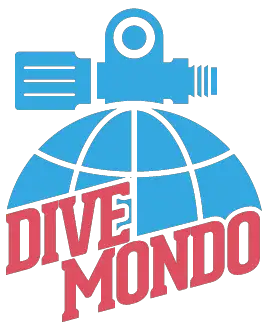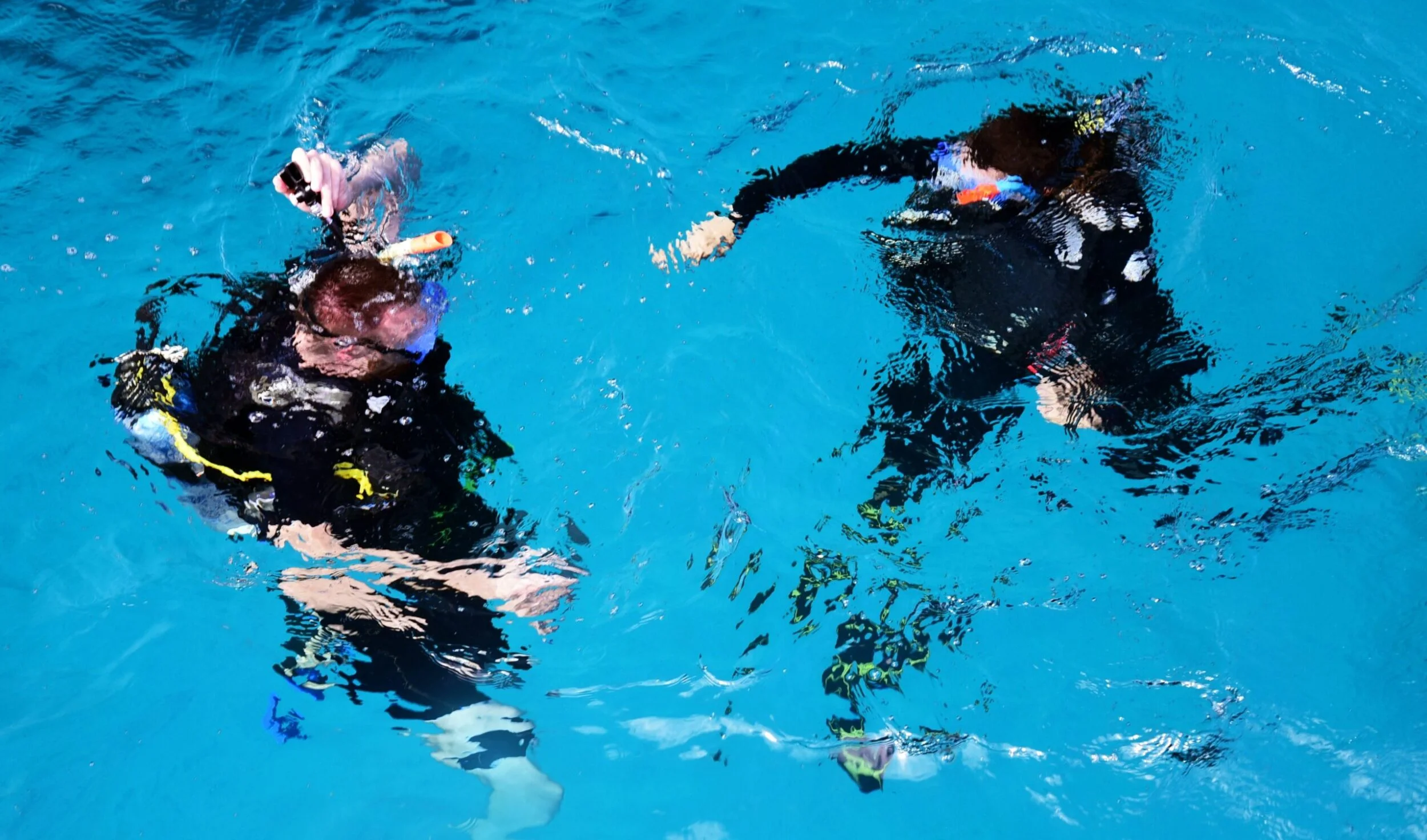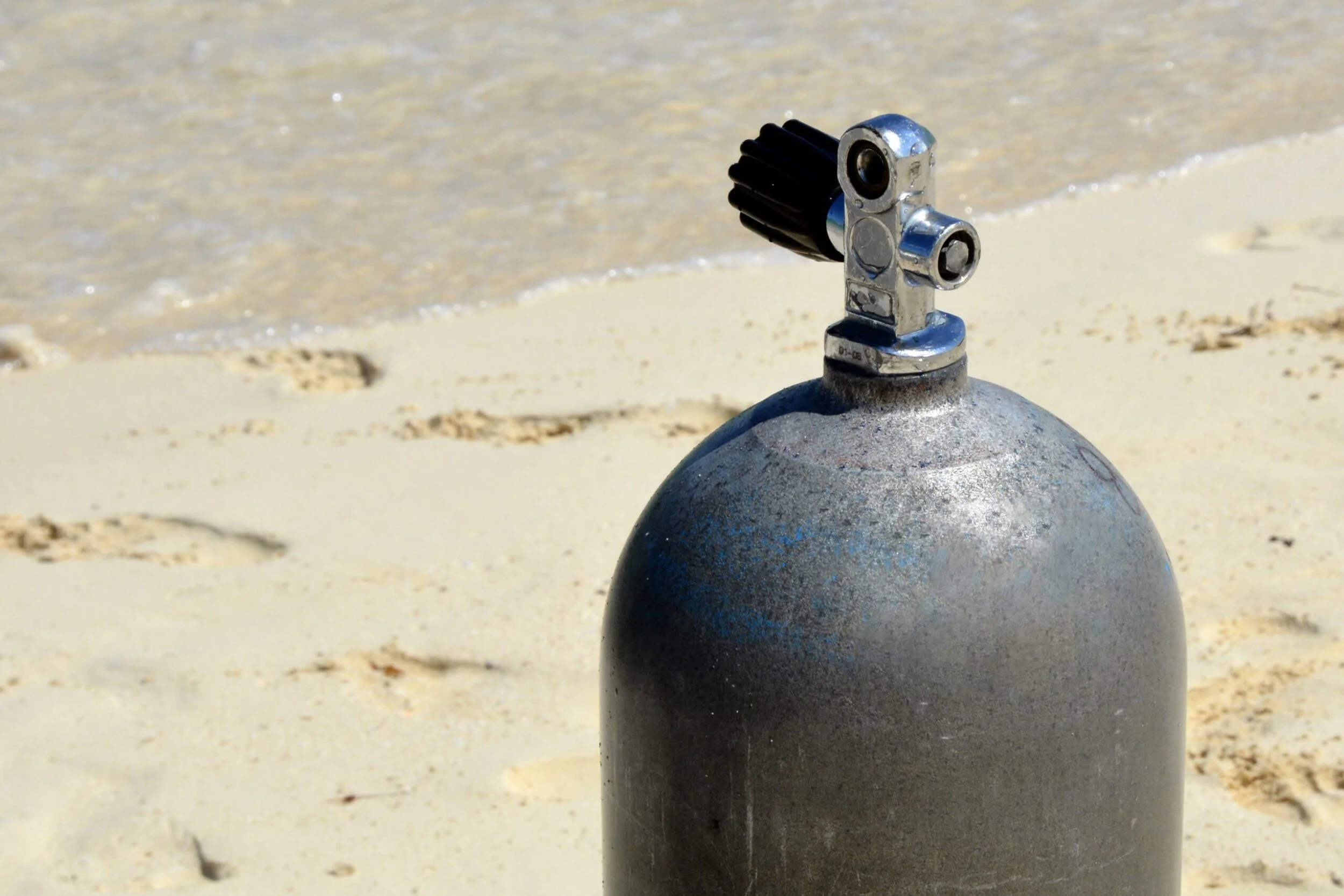Dive Instructor Life: The World’s Your Oyster
There are few professions in the world where your journey to work is as beautiful and as enjoyable as the daily commute across the ocean undertaken by dive instructors the world over. Feeling the gentle sea breeze and warming sun on your face as the dive boat heads out for the day beats sitting in traffic jams en route to sterile offices. While it’s not all a bed of roses, the life of a working dive instructor is extremely rewarding. For those looking to travel the world, becoming a scuba diving instructor can truly broaden your horizons and bring the opportunity to work in every corner of our blue planet.
How To Become A Scuba Diving Instructor
Open Water Course

The path to becoming a scuba diving instructor essentially involves five steps. The first step is to earn your initial diver’s license, your Open Water Diver certification. The Open Water Course is typically where people take their first underwater breaths and become hooked on the diving lifestyle. The course involves some classroom time to grasp the dive theory, some swimming pool time to learn the basic skills, and four dives in the ocean or a lake to put everything into practice and to become a scuba diver. You get your first log book during this course, and by the end, the four logged dives you have represent the beginning of your scuba journey.
In order to attend a dive instructor course, you must be able to show 100 logged dives, and you need to allow six months from the date of your Open Water certification.
Advanced Open Water Course
But when you have completed the Open Water Course, you have step one in the bag already. The next step is the Advanced Open Water Course, which involves five more dives. You don’t have to jump straight into the Advanced Course as soon as you have finished the Open Water Course, but continuing straight on before you have had the chance to forget everything you just learned can be a good idea too.
The Advanced Course takes you a little deeper than the 18-meter limit of the Open Water license. The Deep Dive during the Advance course typically sees you venturing down to 30 meters with your instructor and buddies. Another important dive during the Advanced Course is the Navigation Dive, where you learn more about using a compass and natural references to find your way around the dive site and back to the boat. The other three dives of the Advanced Course can usually be chosen by the student, depending on their interests, with underwater photography, fish identification, and night dives being popular choices.
Rescue Diver Course
Once you have your Advanced certification, it’s time to dive, dive, dive. Get some experience before rushing into the next step, the Rescue Diver Course. The Rescue Course teaches you how to care for others underwater and how to anticipate and prevent problems. It’s a vital step on the path to becoming a scuba diving instructor, but it’s essential that you are comfortable taking care of yourself underwater too.
It’s a good idea to have around thirty dives under your weightbelt before taking the Rescue Course, to ensure your dive skills and buoyancy control are up to scratch before you start trying to help others. The Rescue Course is hard work and good fun, and the skills learned are extremely important for anyone looking for a career in scuba diving.
Divemaster Course
You should be a confident and competent diver by the time you get your Rescue Diver certification, with excellent buoyancy control and awareness of other divers around you. And the Divemaster Course builds on this to make you an even more polished and confident diver. By the end of the Divemaster Course, you will be a professional-level diver and can start applying for your dream jobs in the destinations you have always wanted to dive in.
During the Divemaster course, you will learn how to lead dives, which is the primary responsibility of a working divemaster. You will also learn how to act as an assistant to an instructor when they are teaching. As a teaching assistant, you learn how to help student divers overcome problems together with the instructor, an essential step on your way to becoming an instructor. The Divemaster training usually lasts for at least one month, giving you the opportunity to log more dives along the way. In order to complete the training and become a certified Divemaster, you must first be able to show 60 dives in your logbook.
The Instructor Course

The next and final step is the Instructor Course itself. Before you can attend an Instructor Course, you must be able to prove 100 logged dives and have been a certified diver for at least six months, in addition to being a certified Divemaster. The course to become an instructor typically lasts two weeks. The majority of those two weeks will be spent in the classroom, as by now, you should already know how to dive. The focus during the instructor training should be on how to teach what you already know, not on learning new skills per se.
There will be some diving, though, as you need to learn how to teach in the ocean as well as in the classroom and in the swimming pool. During the training, the students are assigned skills to teach to their classmates, and the Instructor Trainer will help you through this learning process with constructive criticism and tips for working with students effectively and safely underwater.
There’s also more dive theory to learn during this step, and you will need to display a thorough understanding of the physics and physiology of diving. There will also be theory lessons to cover equipment and decompression theory and general diving knowledge. Passing exams in these subjects proves you have the requisite level of knowledge to effectively teach scuba diving.
The last two days of the Instructor Course involve the Instructor Examinations, a two-day process where you get to show the Examiner everything you have learned and that you are ready to put your new knowledge into action and start teaching people how to dive.
What Next?
Once you have that magic dive instructor license in your hand, the world is your oyster. Theoretically, you now teach diving anywhere in the world, although legal requirements to work in countries other than your own may need to be adhered to first. But bear in mind that different dive sites around the world present different problems for instructors to help their students overcome. Just because you are a qualified dive instructor doesn’t mean that you are an expert in diving everywhere in the world.
You should still aim to keep learning. And if you are dreaming of landing a job in a certain location, investigate what you could learn to help bring that dream closer to reality. Some of the best diving in the world comes with tricky conditions. You need to be comfortable diving in tricky conditions yourself before you can realistically expect to be able to teach others how to dive in them. If you would love to land a job in Komodo or Palau, but have only dived in Koh Tao, you may have difficulty getting bosses to consider you for that dream job. Get some experience diving in currents before looking to work in such a location.
Always remember, there’s always more to learn in the dive world…
Our Final Thoughts…
Traveling the planet whilst teaching people how to scuba dive is a fantastic way to make a living and to see the world. But, it comes with a lot of responsibility, too. Taking people underwater, often for their first ever dive, can be challenging as much as it can be rewarding. The journey to become a scuba diving instructor will reveal a few of these challenges along the way, and it’s very important that you understand and accept this as you learn.
There can be tough days diving, but the overall experience is amazing. Showing people their first ever manta ray or whale shark is very rewarding, as is helping people overcome fears and issues and helping them earn their diving certifications.
So, what are you waiting for? Start your journey now and start dreaming of boat rides to work, sun-kissed lunch breaks, and days spent sharing your passion…
Related Content
- Advancing in Training as a Scuba Diver
- How to Get Your Scuba Diving Certification
- Etiquette – Do not Become “That” Diver
Disclosure: This post may contain affiliate links, which means that DIVEMONDO may receive a small commission if you make a purchase using these links. As an Amazon Associate this website earn from qualifying purchases.













Leave a Reply